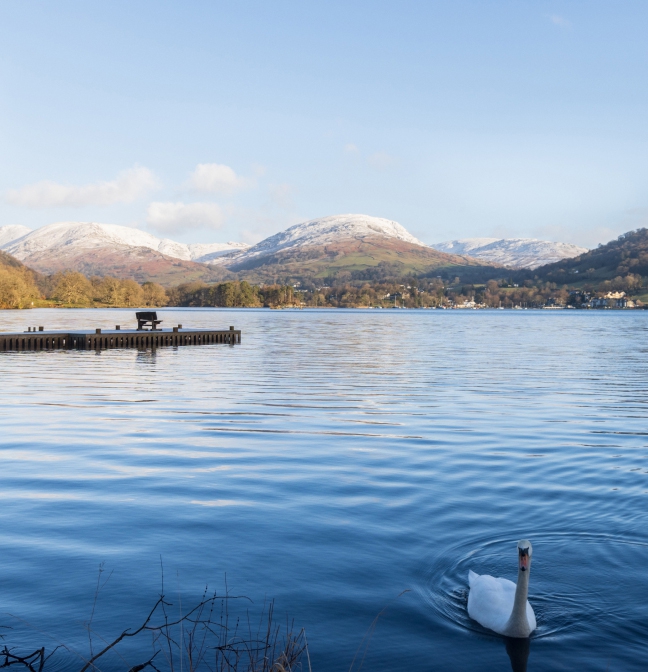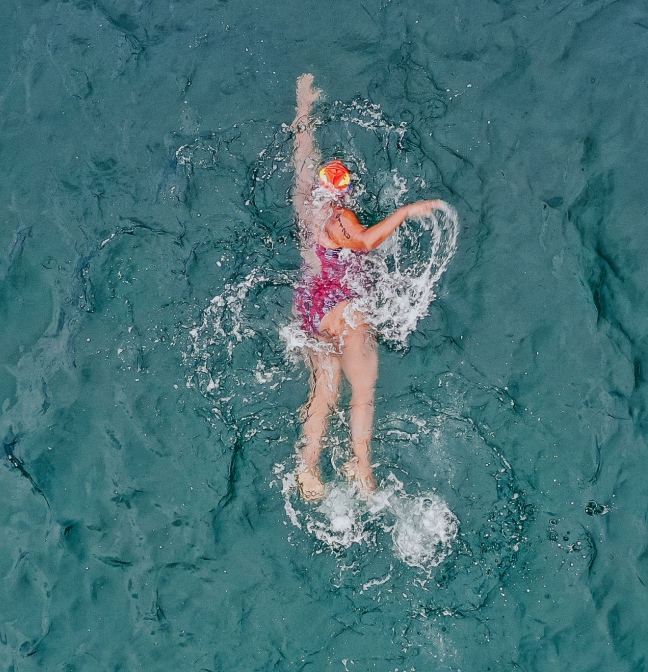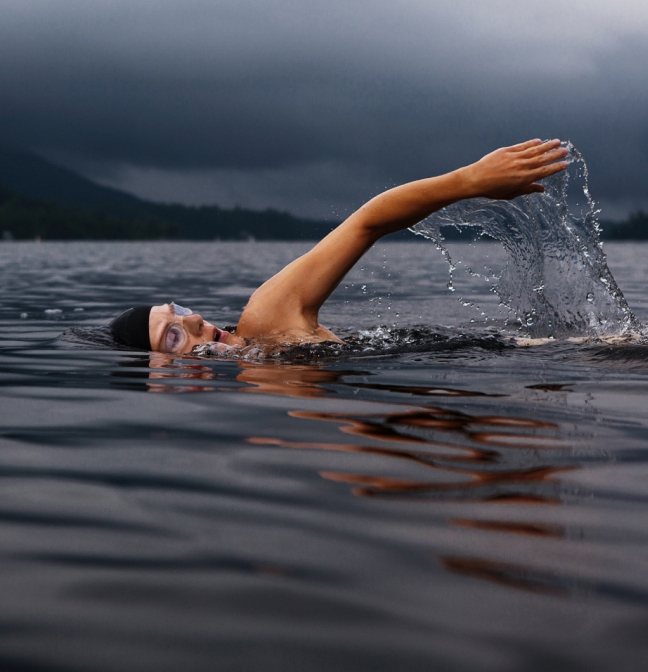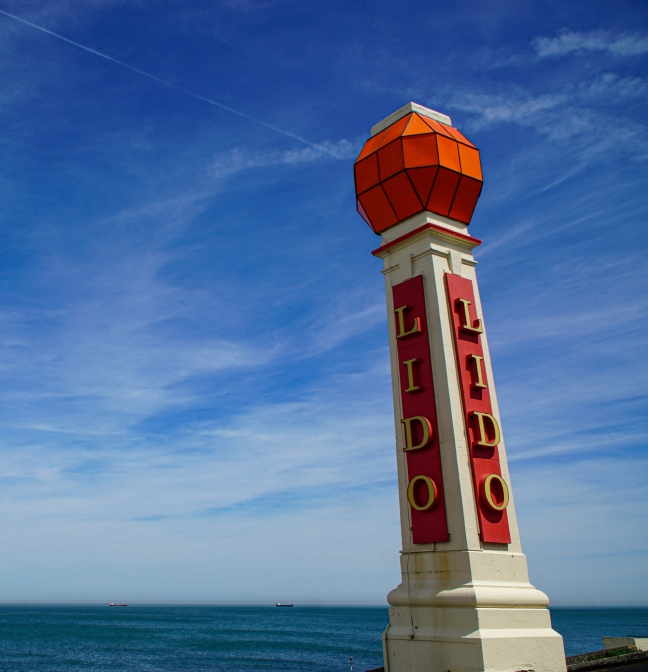
Are you brave enough to take a plunge into ice-cold waters for an exhilarating swim? Cold water swimming is becoming increasingly popular across the UK, with many people choosing to embrace the challenge of taking a dip in cool temperatures.
From outdoor pools and wild lakes to sheltered lagoons and stretches of river, this beginner's guide outlines where you can go cold water swimming in different parts of the UK, and how to equip yourself so that your experience is safe as well as enjoyable.
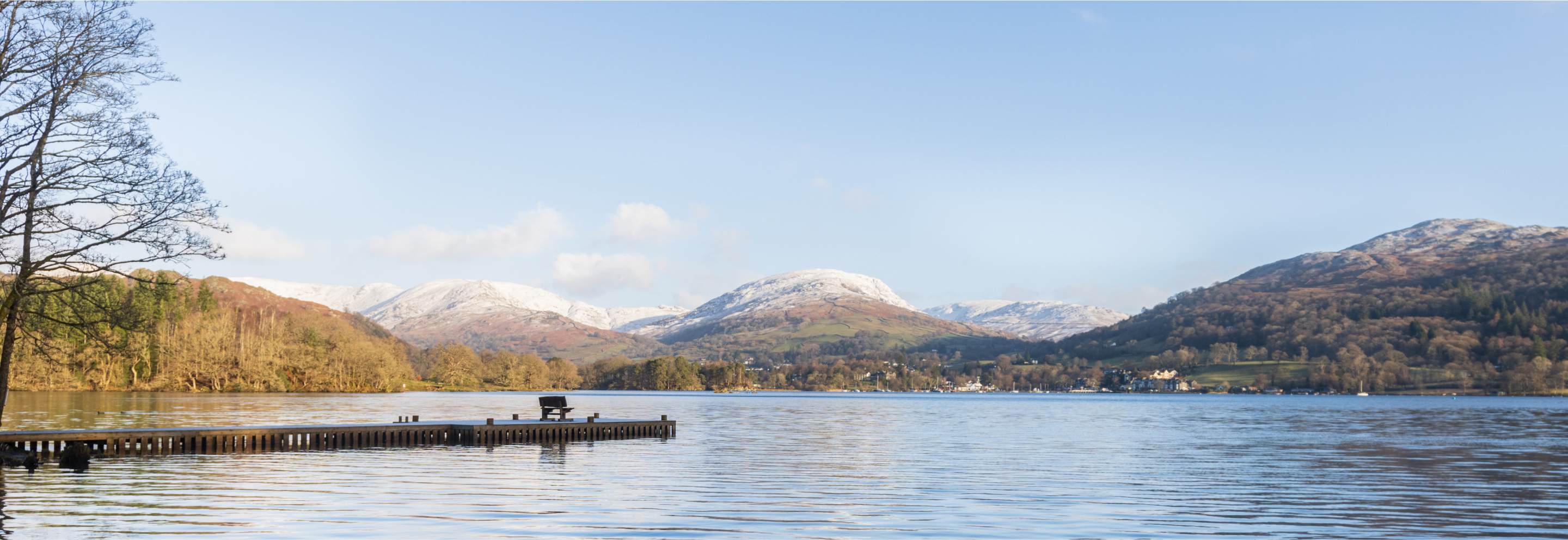
An introduction to cold water swimming in the UK
Cold, or wild, water swimming has become an increasingly popular option for those looking to feel great – in their mind, body, and spirit. But if this is your first time hearing about the hobby, it might be tough to know if it’s right for you. Let’s take a closer look at exactly what it involves, as well as all the benefits for those who take the plunge.
What is cold water swimming?
Cold water swimming is the process of submerging yourself in natural bodies of cold or even icy water, with the purpose of achieving positive therapeutic and physical side-effects.
While the name might spark images of swimmers doing a front crawl across crisp blue lakes, once you’re in the water, the way you participate is totally up to you. Some choose to ritually submerge themselves, while others engage in more traditional forms of swimming. Ultimately, the best practice is to go with what feels right for your body.
Most people dip their toes into cold swimming by embracing the UK's seasides during the summer, but, at its extremes, it's considered a sport – where endurance athletes will immerse themselves in icy water.
Some choose to ritually submerge themselves, while others engage in more traditional forms of swimming
Cold water swimming statistics for 2023
Thinking of getting into cold water swimming? You certainly wouldn’t be alone. Reports suggest that when the first national lockdown hit in March of 2020, the number of people signed up as a member of the Outdoor Swimming Society rose by a staggering 36%.
And far from being just a fair weather fling, a survey conducted at outdoor swimming events in 2022 found that as many as 20% of the 4,500 people asked had taken up the discipline during the previous 12 months.
The reasons given for this sudden shift to wilder waters was mixed. The most popular reasons cited were:
21.5%
The necessity to swim outside when indoor pools were closed
20%
The mental health benefits that came with an outdoor swim
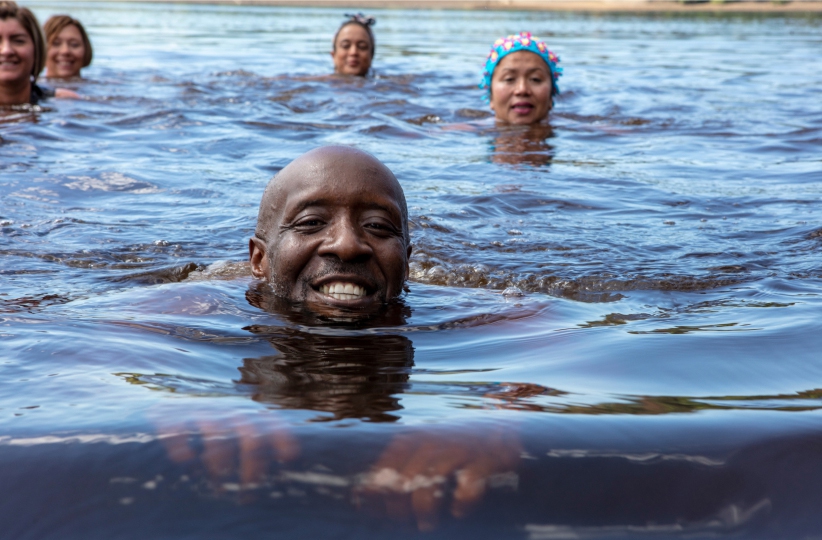
Cold water immersion causes a surge in hormones, including dopamine, serotonin and beta-endorphins
Simon Griffiths, author of Swim Wild & Free
Simon Griffiths, author of Swim Wild & Free: A Practical Guide to Swimming Outdoors in 365 Days, comments on these mental health boosts:
"We know that cold water immersion causes a surge in hormones, including dopamine, serotonin and beta-endorphins," he explains.
"These, in turn, are associated with an improved mood. There’s also the idea that regular exposure to the controlled stress of cold-water swimming trains us to handle stress better. Becoming a wild swimmer could therefore help you build resilience.
"In addition, wild swimming for many people is a social activity that often ends with a coffee and a chat, and we know that social connections are important for our wellbeing."
This focus on health (both physical and mental), was at the forefront of a 2022 study into the perceived impact of outdoor swimming. With a control group of 722 people, researchers found that the experience was almost entirely positive for members of the group.
They found:
95%
with depression experienced a reduction in symptoms
98.4%
with anxiety also noticed their symptoms being less severe
83%
of those with injuries or musculoskeletal conditions said symptoms were reduced or felt better after outdoor swimming
44x
Respondents were 44 times more likely to say outdoor swimming had a “positive impact” on mental health than they were to say it had “no impact”
3.6x
Similarly, they were 3.6 times more likely to say it had a “positive impact” on physical health
Source: The National Library of Medicine
But it’s not just the cold water swimmers themselves who’re benefiting from this sudden surge in popularity. In Bath, a 207-year-old lido reopened after being neglected for the best part of four decades. The Grade 2 listed building had become an eyesore in the local area – but a £9.3m renovation project breathed new life into it in September of 2022.
With popularity steadying, but not shrinking, we could start to see cold water swimming become a regular part of a lot of peoples’ day-to-day lives.
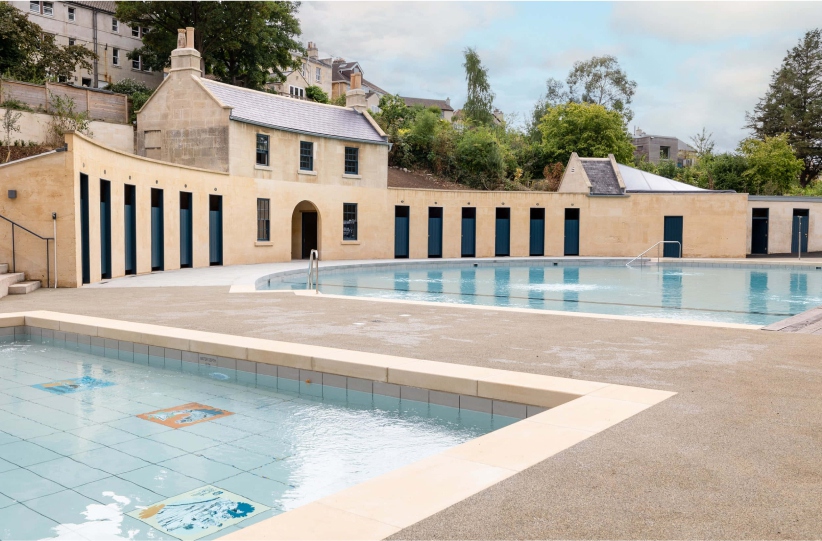
In Bath, a 207-year-old lido reopened after being neglected for the best part of four decades

The benefits of cold water swimming
Just as with any kind of outdoor exercise, those engaging in cold water swimming will experience a range of positives. From physical fitness to improved mental health, here are some of the most useful benefits to time spent in the water.
Improved metabolism
The extreme condition of cold water swimming has the natural effect of causing your heart to pump faster – as it attempts to warm you up. This in turn burns through more calories, and means that while you’re in the water, your metabolic rate is higher than it would be normally. Active exercise will also do this, so the more you move the better it’ll be.
A boosted immune system
Again as a result of a sudden change in temperature, your body will release a higher than average amount of white blood cells (which help fight infection). What’s more, a gradual introduction to starkly changing conditions will help your body to build stronger natural defences over time, as it learns how to combat extreme shifts.
It supports and improves mental health
Studies regularly show that regular cold water swimming reduces anxiety and stress, greatly improving someone’s overall mental health. The discipline teaches resilience, deep breathing, and places “positive stress” (things that push us in a healthy way) on the body.
Hair and skin health
The health of our extremities is controlled in no short part by how good our circulation system is. With your veins, capillaries, and arteries forcing blood to the surface of your skin, it serves as a "flushing" of sorts, helping to keep our blood flow healthy, and regular. Our hair and skin benefit as a result of that.
It can ease menopause symptoms
It’s also believed that women experiencing the symptoms of menopause might also benefit from taking a dip. Factors like hot flushes, night-sweats, headaches, anxiety, and memory loss have been at least somewhat alleviated making cold water swimming part of a weekly routine.

The beginner’s guide to cold water swimming
If cold water swimming sounds like a perfect match, then you’ll probably want to get out as soon as possible. But before you rush off to hop in your local lake, there are some important factors which all beginners should know. Here are a handful of the most relevant safety precautions and practical steps for this type of exercise.
Top tips for cold water swimming beginners
Just as with any form of physical activity, there are important dos and don’ts when it comes to your first few times trying a new discipline. These can make a big difference in regards to how quickly you see your endurance skills progress. Some of the most important are:
Go with a friend
If you’re new to cold water swimming, it’s always smart to go with a friend. They’ll not only provide moral support, but can also react quickly if your body begins to struggle with the conditions. For added security, think about having someone else on dry land watching you. They’ll be able to call for help in the unlikely event of a worst case scenario.
Do your research beforehand
With someone as attritional as this, it’s important to understand as much as you can before getting stuck in. Learn about what the sudden introduction of ice cold water does to your body, as well as what warning signs to look for. You can book cold water swimming sessions with trained coaches, so be sure to keep this option open.
Understand your limits
If your body is telling you that it’s had enough, listen to it. While half the battle with wild swimming is to push yourself, there comes a point where ignoring your body is dangerous. Make sure to have a strong grasp over when you are or aren’t able to remain in the water.
Anticipate resistance
It’s fair to say that most of us aren’t used to plunging into extreme conditions. As such, you should expect your body to push back when you hit the water. Always get out when it feels too much.
Plan your post-swim warm-up
In order to avoid the dreaded “after drop”, where your body becomes itchy and uncomfortable, you need to slowly bring yourself back to a normal temperature. Instantly remove any wet layers, towel yourself down, then get something warm, dry clothing on. Dab when drying, as rubbing might cause friction on very sensitive skin. If you still feel a chill after drying off, then consider a warm, relaxing dip in a hot tub.

Safety advice for cold water swimming
When engaging in something as exhilarating as cold water swimming, it’s important to ensure you’re following all the right safety measures. These could make all the difference between a fun time spent in the water, and a situation which quickly gets out of hand. Make sure to keep all of the following in mind.
Acclimatise slowly
While you may have seen people cannonballing into icey lakes on the internet, it isn’t the advised way to approach a lake. Instead, slowly walk forwards, allowing more of your body to acclimatise to the conditions gradually. This will help you avoid going into shock, while also making the general experience more comfortable.
Avoid urban areas
Cold water swimming should ideally be restricted to rural lakes and bodies of water. Urban areas are often contaminated, and may have other hidden dangers (such as passing boats) which you won’t be expecting.
Cover any cuts and wounds
In order to avoid infection, it’s always advised to wear a waterproof plaster, and protect any open wounds as best as possible. While water in rural areas is cleaner than in a city or town, there’s still a reasonable chance of infection if you don’t take precautions.
Wear bright clothes to be seen
In the event that you’re cold water swimming in an area where there might be hazards like boats and jetskis, make sure you’re wearing clothing (such as a swim cap) which allows you to be seen easily. This can also be useful if you need emergency help, as it’ll allow any rescue services to spot you quicker.
Have an escape route planned out
While it sounds a little drastic, it’s always smart to know how you’re going to quickly get out of the water if you start to take a turn. Identify the easiest path out, and try to stick as close to it as possible.

How to acclimatise to the water conditions
It might be tempting to plunge right into the watery depths – but the extreme shift in temperatures can cause your body to go into shock. As such, you’ll need to gradually bed yourself into the water, and allow your body to slowly acclimatise to the conditions. Here’s an effective way to do this:
Slowly lower yourself in
As we’ve discussed, it’s important to take the time to allow each part of your body to adjust to the conditions. Start with your ankles, move up to your knees, then your midriff, before finally submerging up to your neck. You can even allow your head to go under the water if you feel comfortable.
Let your body temperature drop beforehand
In order to mitigate the sudden impact of the water, slowly allow your body temperature to drop before you submerge yourself. You can do this by slowly removing layers while still on dry land. Take five-to-ten minutes doing this. When you start to feel more of a chill, it’s time to hit the water.
Practice with gradually colder conditions
If you want to give wild swimming a go, but aren’t ready to instantly tackle icier conditions, you can slowly bed yourself in with warmer lakes. If you have a specific spot in mind, start off by going there during summer, then spring, autumn, and eventually winter.
Wear neoprene sock and gloves
Specially designed for cold weather conditions, these gloves and socks can be worn to prevent excess levels of heat escaping from hands and feet. As the two extremities which lose heat fastest, this will help to maintain a more balanced body temperature, and reduce the chances of your body going into shock.

Warming up again after your swim
Just as with acclimatising to the water itself, you’ll also need to find a viable way to warm yourself up again after you’ve taken a dip. Again, you won’t want to rush this process. Your body temperature should be given the time to gradually increase. Some of the safest ways to do this are by using the following methods:
Dry yourself as soon as you’re finished
Standing around while wet and cold is the most common way to develop hypothermia. As soon as you finish cold water swimming, make sure to begin towelling yourself down. Use a dry poncho to cover yourself as you change clothes, to prevent heat escaping in the process.
Sip something warm
Hot drinks have the ability to warm and regulate our internal body temperature. That makes them the perfect option for those wanting to naturally warm-up, in a slow and gradual manner. The best part is that your drink of choice doesn’t matter, as long as it’s warm. You can keep it heated using a thermal flask.
Eat a sugary snack
While you might not realise it, sugar actually plays a vital role in the heating of our internal body temperature. A sudden surge in glucose leads to a change in the rate of circulation. The sudden rush of blood throughout our body raises its temperature. We’d recommend something like a banana or a fruit-based snack bar, as opposed to chocolate or sweets.
Using a hot tub
While you won’t want to transition straight from the water to a hot tub, they’re a great way to unwind and relax once you’ve reached a more normal body temperature. Having this after-swim treat lined up is also a great way to motivate yourself.
Cold water swimming checklist
A lot of consideration needs to be made when swimming in the great outdoors. That’s why having a detailed checklist can go a long way to maximising both the time spent out on the water, and your safety. Here are some important factors to tick off before every wild water swimming session.
-
Eat before you swim – but try to leave an hour between this and getting in the water
-
Bring a lockbox to keep your phone, wallet and other essential items in
-
Bring neoprene socks and gloves for when you’re in the water
-
Keep your exposure time to less than 20 minutes (and shorter if needs be)
-
Make sure you have warm layers ready to go after you’re done (a woolly hat, a waterproof coat etc.)
-
Have a got drink in a flask ready when you’re out of the water, dried off and fully dressed
-
Warm up gradually, and don’t shower or bathe until your body is back to a normal temperature
-
Bring a bucket with you. This can store your dry clothes when you’re in the water, then your wet clothes after you’ve gotten out and swapped what you’re wearing

Best places to cold water swim in the UK
Now that we’ve gotten a better understanding of everything you need to know about cold water swimming, it’s time to look at ten of the best lakes and rivers to try out for yourself. From Plymouth to Cumbria, and Wales to Scotland, here are a host of cold water spots you’d be silly not to try at least once.
Serpentine Lido, London
Unique feature: Hyde Park
Difficulty level: Beginner
This popular spot can be found right in the middle of Central London – but is kept clean pollutant-free owing to the fact that it’s cut off from the rest of the River Thames in its own secluded area. The lido sits in the middle of Hyde Park, with picturesque green views of the park visible from all sides.
As an added bonus, your swimming buddies will be local wildlife, such as Canadian geese, swans, and mallards. Just make sure to give them a wide berth, as the geese in particular tend to be a little feisty.
Once you’re out and warmed up, you can grab a bite to eat (and even a drink if you’re feeling up to it) from the Lido Cafe Bar. As this spot only tends to open in warmer months, it serves as the perfect introduction for beginners.
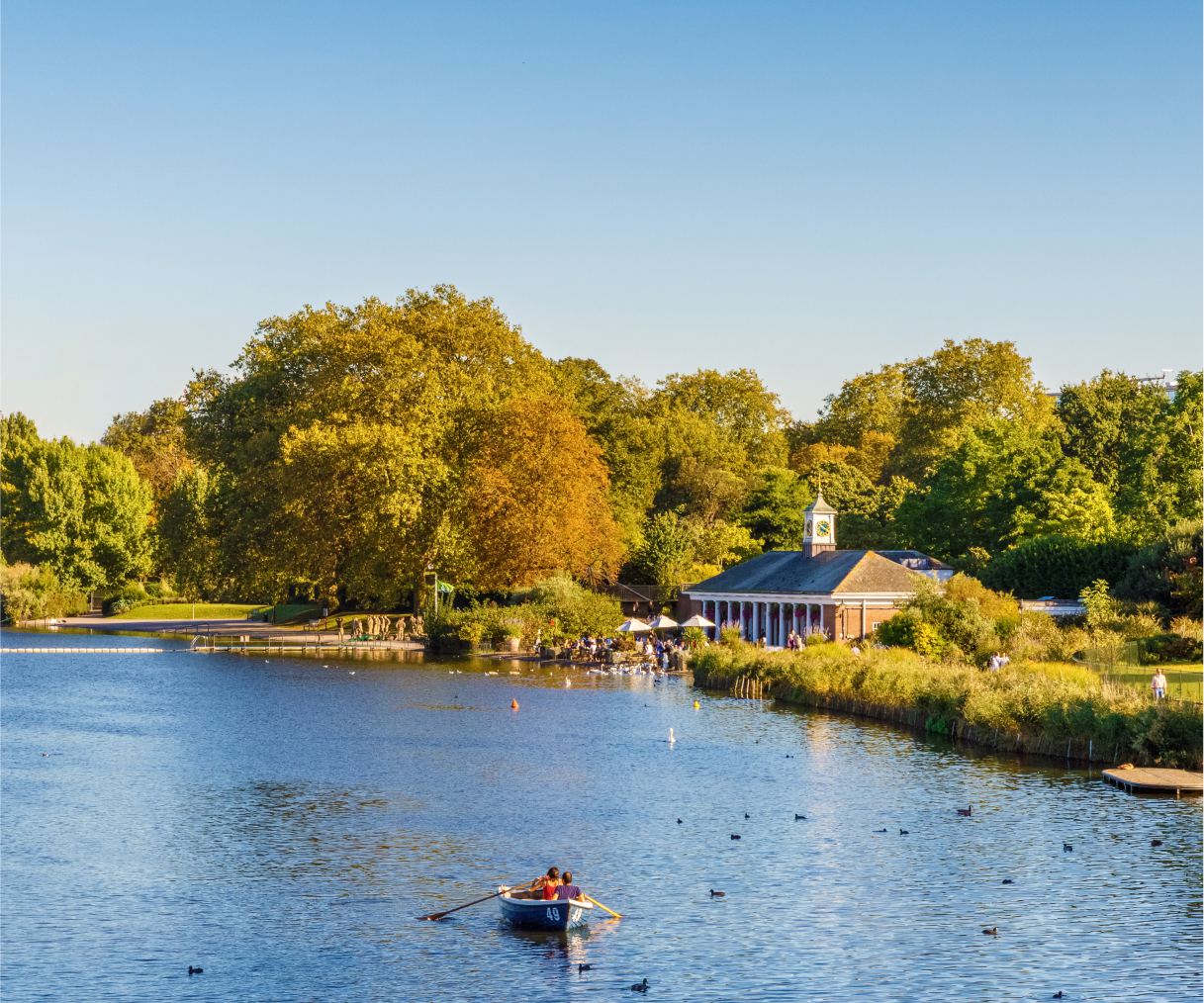
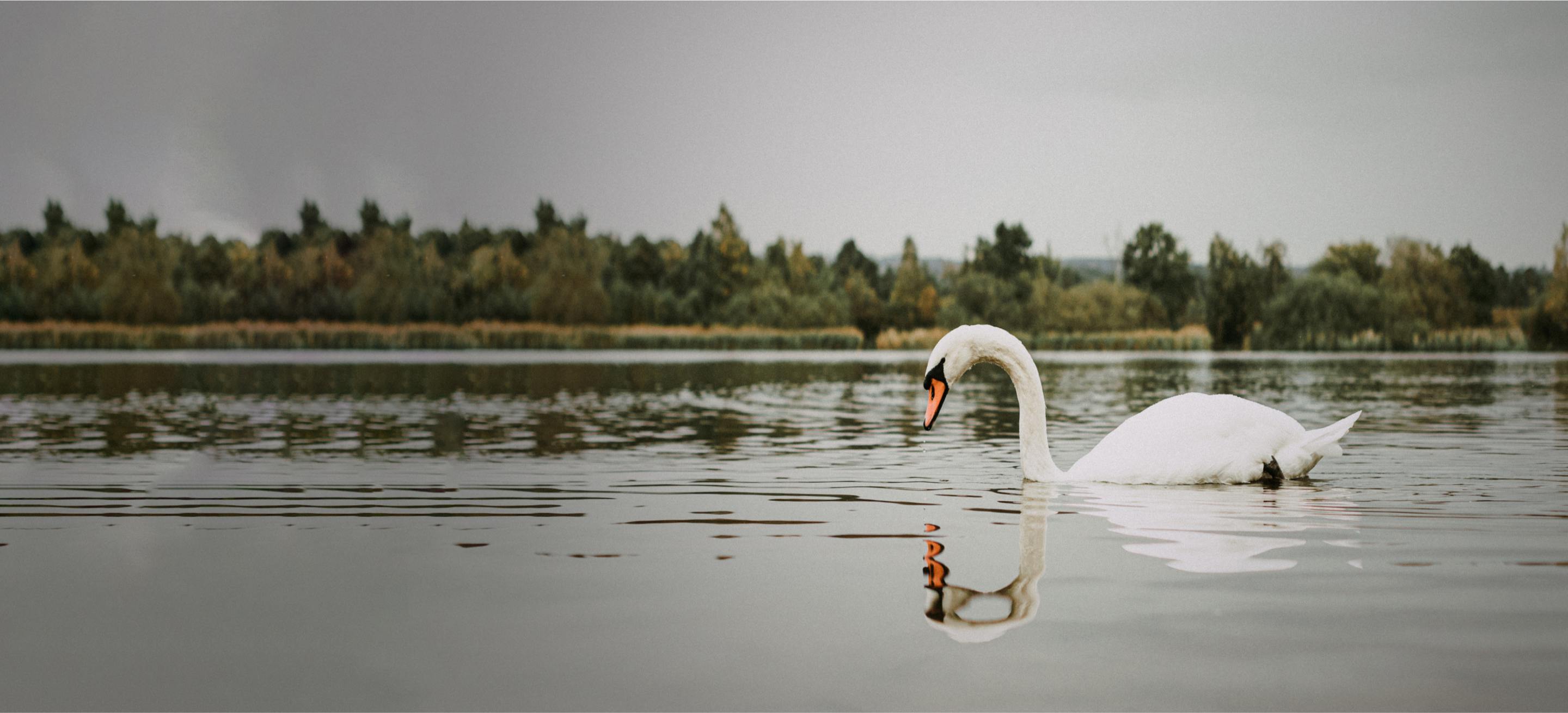
Frensham Great Pond, Surrey
Unique feature: Sandy beach
Difficulty level: Intermediate
The Frensham Great Pond in Surrey is a thriving tourist hotspot in the summer – but turns into the perfect intermediate spot for cold water swimming when temperatures begin to drop. The heathland is a perfect spot to walk along in the winter, while the pond itself serves as the culmination of a lovely morning stroll.
The water here gets deep gently, which makes it easy for cold swimmers to slowly enter and acclimatise to the conditions of the water. Your entry point will be a beautiful sandy beach. It’s the perfect spot to dry off on, then relax and share a few hot drinks with your fellow swimmers.
Just be sure to look for the two marked swimming areas. Sailing and fishing run across all other areas of the pond, so it’s best to ensure you don’t enter the water at the wrong point.
The Fairy Pools, Isles of Skye
Unique feature: Otherworldly ambience
Difficulty level: Beginner
These isolated pools can be found stretched out all along the Black Cuillins mountain range. As the name suggests, one of the primary appeals of this particular spot is the mystical aura which this series of pools (which stretch over 5 miles) give off.
Fed by the mountain springs of the River Brittle, you’ll quickly be able to take your mind off the icy conditions as you gaze up at the majestic mountains on every side.
Each individual fairy pool is quite easy to enter – and they’re not particularly deep. This makes it a good spot for beginners who aren’t confident they can stay in cold conditions for too long. Just keep in mind it’s a 2.4km hike to the pools from the nearest village of Carbost.
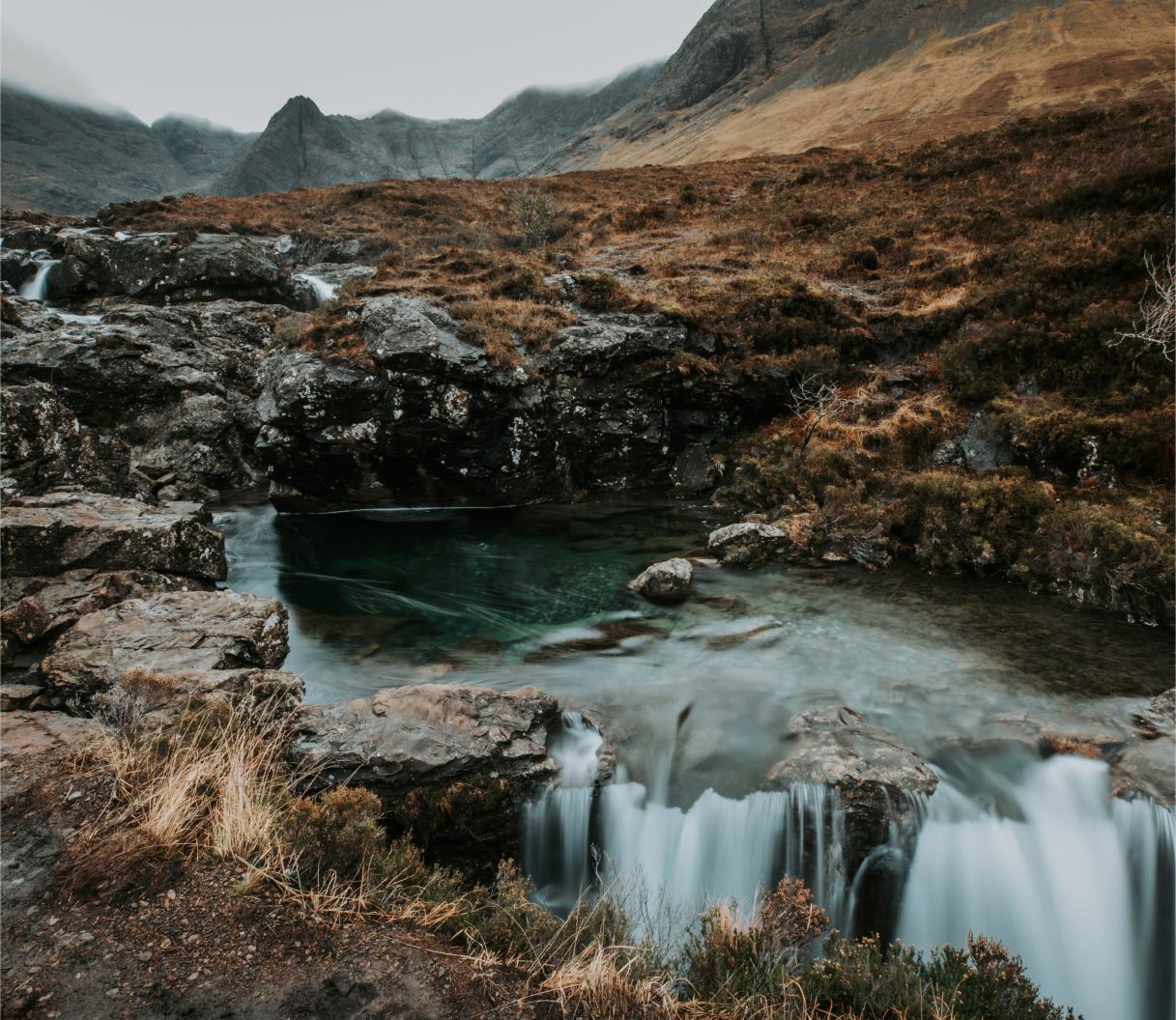
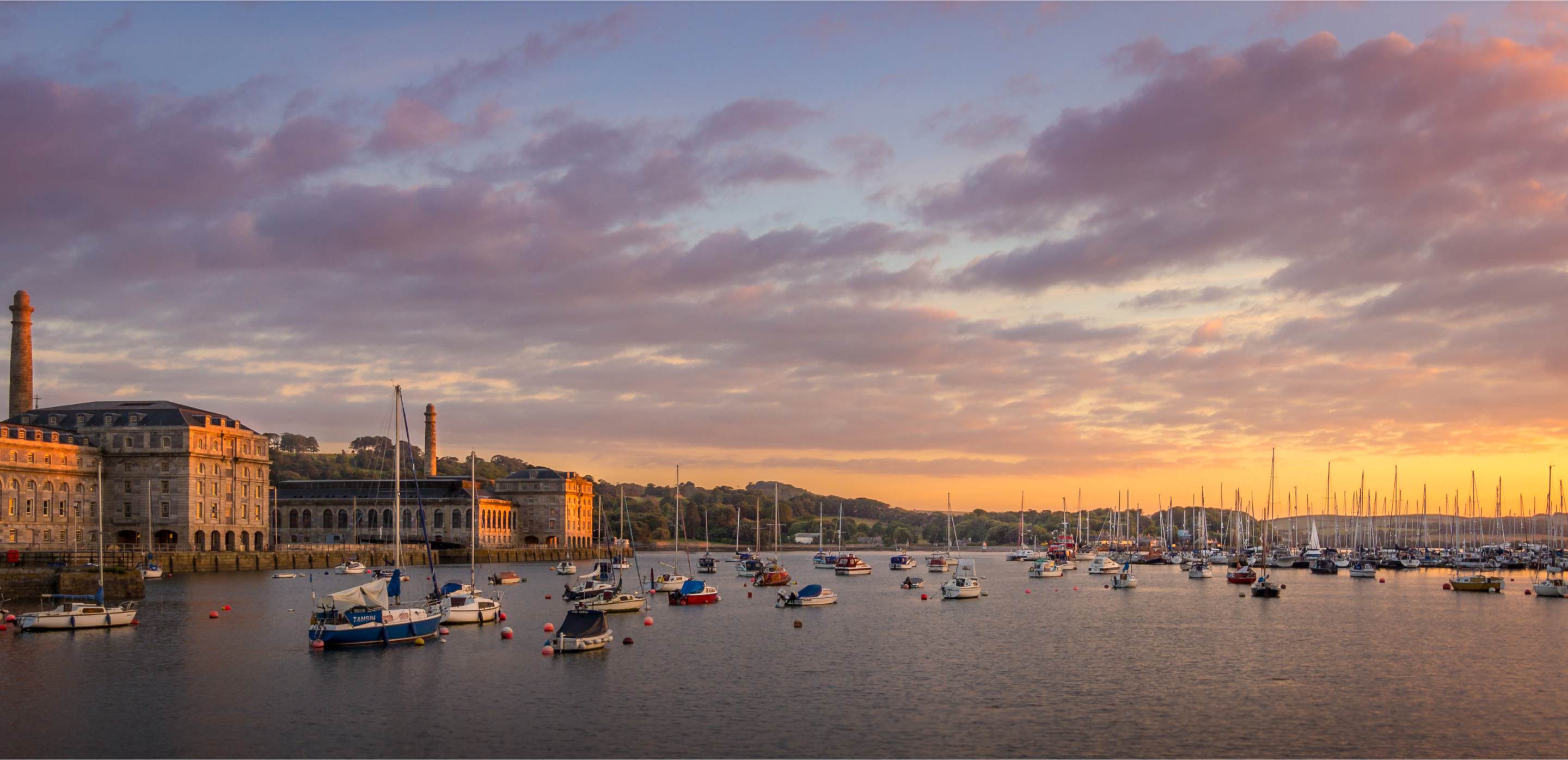
Royal William Yard, Plymouth
Unique feature: Coastline views
Difficulty level: Beginner
While the Royal William Yard in Plymouth is technically man-made, you could be forgiven for thinking otherwise. Designed to look like an extension of the sea, this lido provides swimmers with a picturesque view of the entire coastline.
As you might expect from a pool which was artificially manufactured, the entry point is very gentle and forgiving. Swimmers can ease themselves into the water down a slight slope, before relaxing in the fresh sea water contained in the yard – which gets washed in and out by the tide every day.
Just as with the Serpentine Lido, the fact that this particular spot is so close to civilisation means you’ll be able to warm up quickly with a sugary snack or hot drink from a local cafe.
Michael Chapman CC BY-SA 4.0, via Wikimedia Commons
Llyn Padarn, Snowdonia – Wales
Unique feature: Mount Snowdon
Difficulty level: Mixed abilities
Whether you’ve been wild water swimming for years, or are looking to take your first steps, Llyn Padarn in Snowdonia is a fantastic option. This glacial-formed natural lake sits at the foot of Mount Snowdon itself, and offers both shallow lagoons and deeper waters.
It’s best for newcomers to the discipline to stick as close as they can to the shoreline. If you’re feeling like you might need some additional support, you can book a class with Snowdonia Watersports, which is situated right next to Llyn Padarn itself.
More confident swimmers can paddle out to deeper areas of the lake – where you’ll find the waters tend to be a lot colder. It’s actually possible to swim the entire length of the lake and back if you’re confident in your abilities.
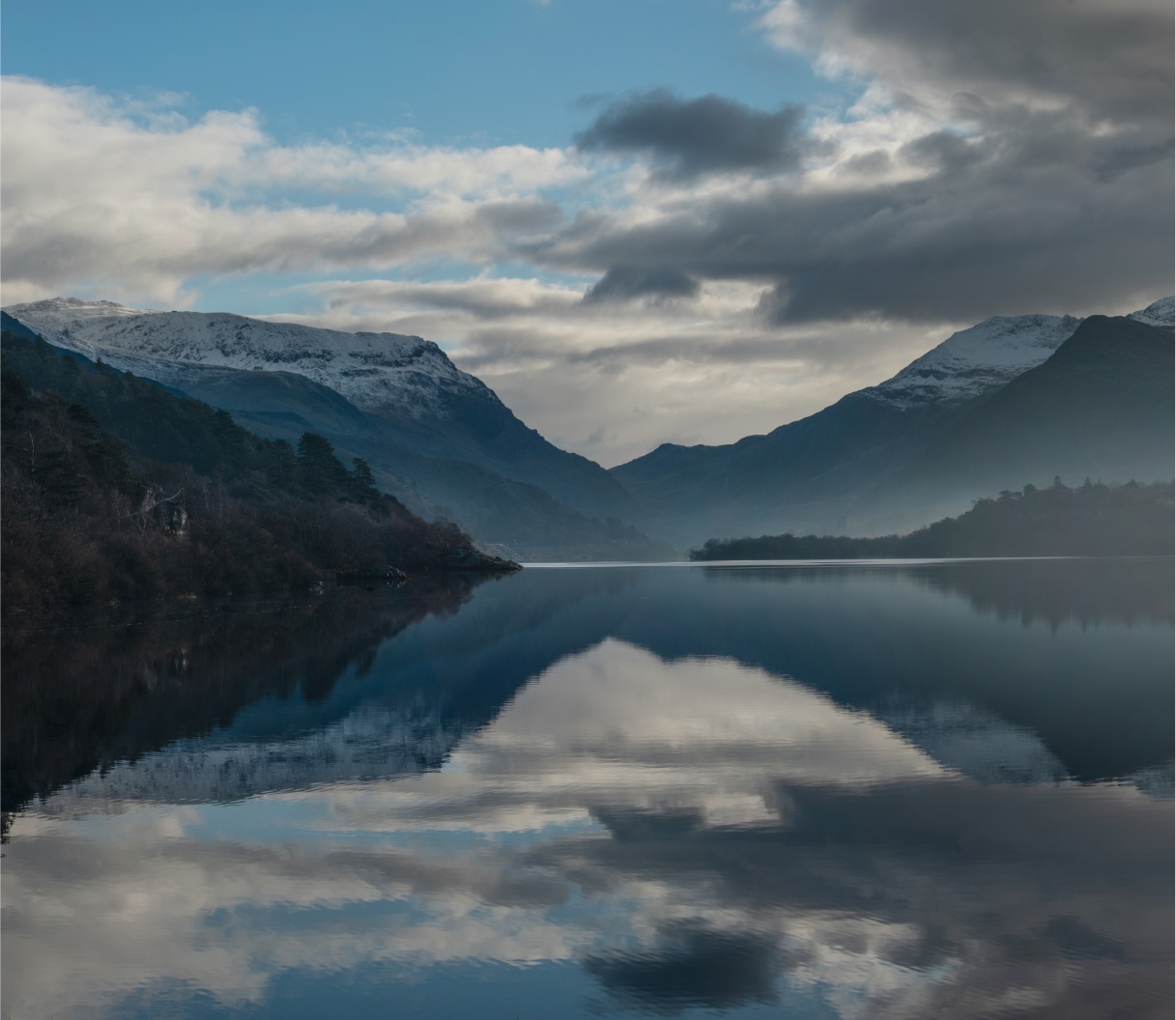
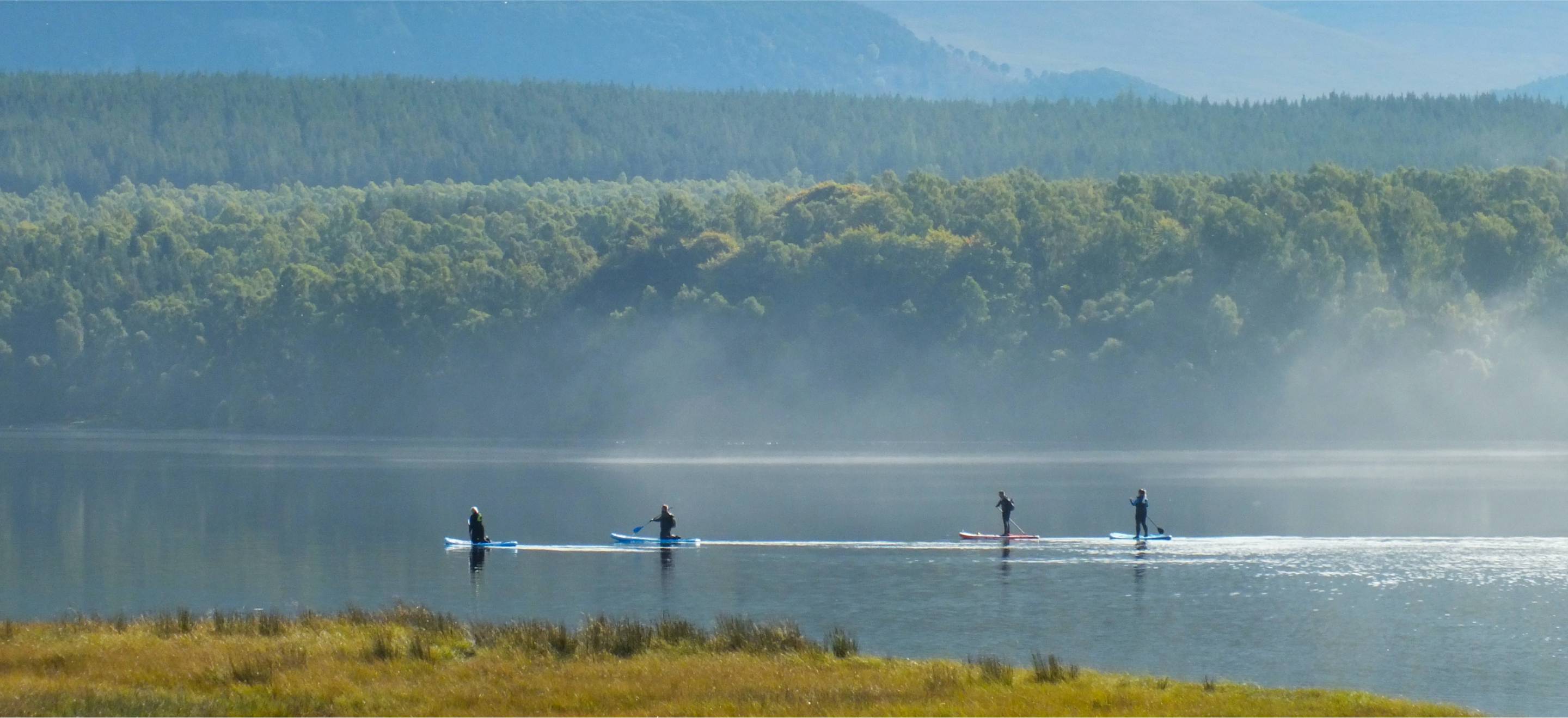
Loch Insh, Cairngorms National Park – Scotland
Unique feature: SwimWild WinterFest
Difficulty level: Intermediate
Deep in the heart of the Cairngorms National Park, you’ll find a spot where the River Spey widens to form the beautiful and picturesque Loch Insh. Local swimmers will take a dip in the loch on a daily basis, while a range of other watersports are carried out here regularly.
Just be aware that this spot is not for the faint of heart. The Cairngorms is actually the coldest part of the entire UK, and frequently freezes over. In 2020, it had over 20 cm of ice form on it in six weeks.
While this might sound daunting, it’s this routinely cold climate which has seen Loch Insh chosen to be the regular home of SwimWild WinterFest – a celebration of cold water swimming which is held every year.
Ullswater, Lake District – Cumbria
Unique feature: Variety of locations
Difficulty level: Beginner
The region of Ullswater, in the Lake District, is one of the perfect spots to kick off your cold water swimming adventure. The area itself, as the name of the region suggests, is chock full of beautiful bodies of water just waiting to be explored. That makes it an ideal spot for beginners looking to wet their whistle in a location that works for them.
Two of the most popular options are Kailpot Crag and Sanwick. The former has a small shingle beach (making it easy to get in and out of the water), as well as a west-facing positioning, meaning you can enjoy the sunset while swimming.
A swim from Sanwick in the meantime will see you pass by a variety of woodland, cliffs and rocky beaches, as you head towards the town of Howton. After a couple of miles you’ll notice two buoys sitting in the water. These serve as indicators of a safe place to exit the lake.
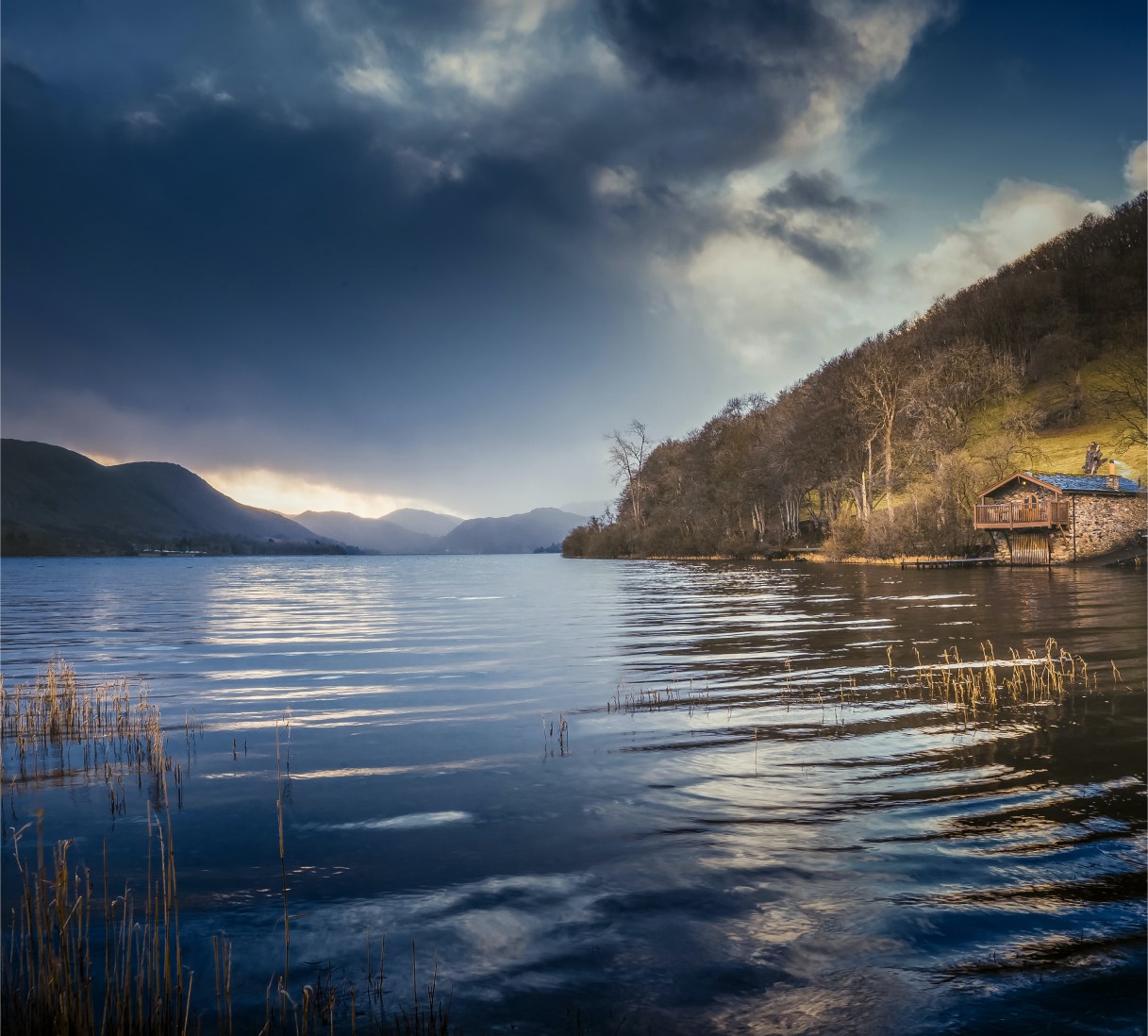
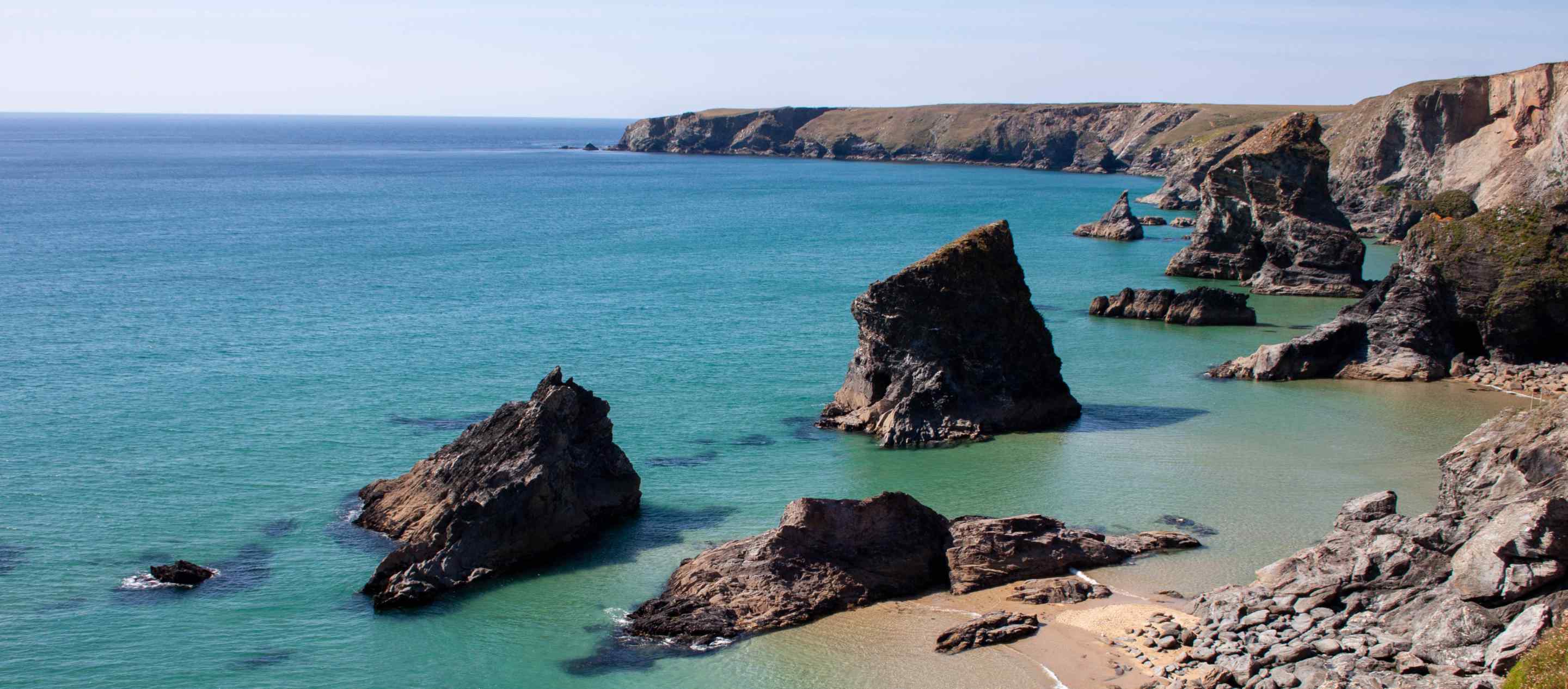
St Agnes, Cornwall
Unique feature: Lifeguards on hand
Difficulty level: Beginner
We’d be remiss to include a list of the best cold water swimming locations without mentioning Cornwall. The western coast of the UK is home to a bevy of amazing spots for a wild water dip, but St Agnes stands out as the pinnacle amongst them.
Its main beach, Trevaunance Cove, is an idyllic spot which is sheltered from view by a number of natural rock formations. Low tide does tend to bring with it larger waves – which is why a team of dedicated lifeguards is on hand at the spot at all times.
For those looking for slightly calmer waters, the nearby Porthtowan tidal pool is a slightly slower pace, and is more suited to those at the very beginning of their cold water swimming journey. Both spots are open year-round.
Lake 32, Gloucestershire
Unique feature: Home to triathlons
Difficulty level: Intermediate
While less imaginatively named than a lot of the other natural spots on this list, Lake 32 is no less enticing to swimmers. Found in the Cotswold Country Park, this naturally fed lake provides visitors with the chance to not only test their endurance for the cold, but also their swimming stamina as a whole.
The lake has four different courses (of 200, 400, 750, and 1,500 metres in length), and serves as the hub for aquatics competitions and triathlon events. It’s also only open to members in the winter, which is another factor that needs to be taken into consideration.
That shouldn’t put you off though. The lake itself is crisp and blue, with a lovely beach leading swimmers down into the water. It never gets below six feet deep at its least shallow point, so it’s also rare for anyone to find themselves out of their depth.
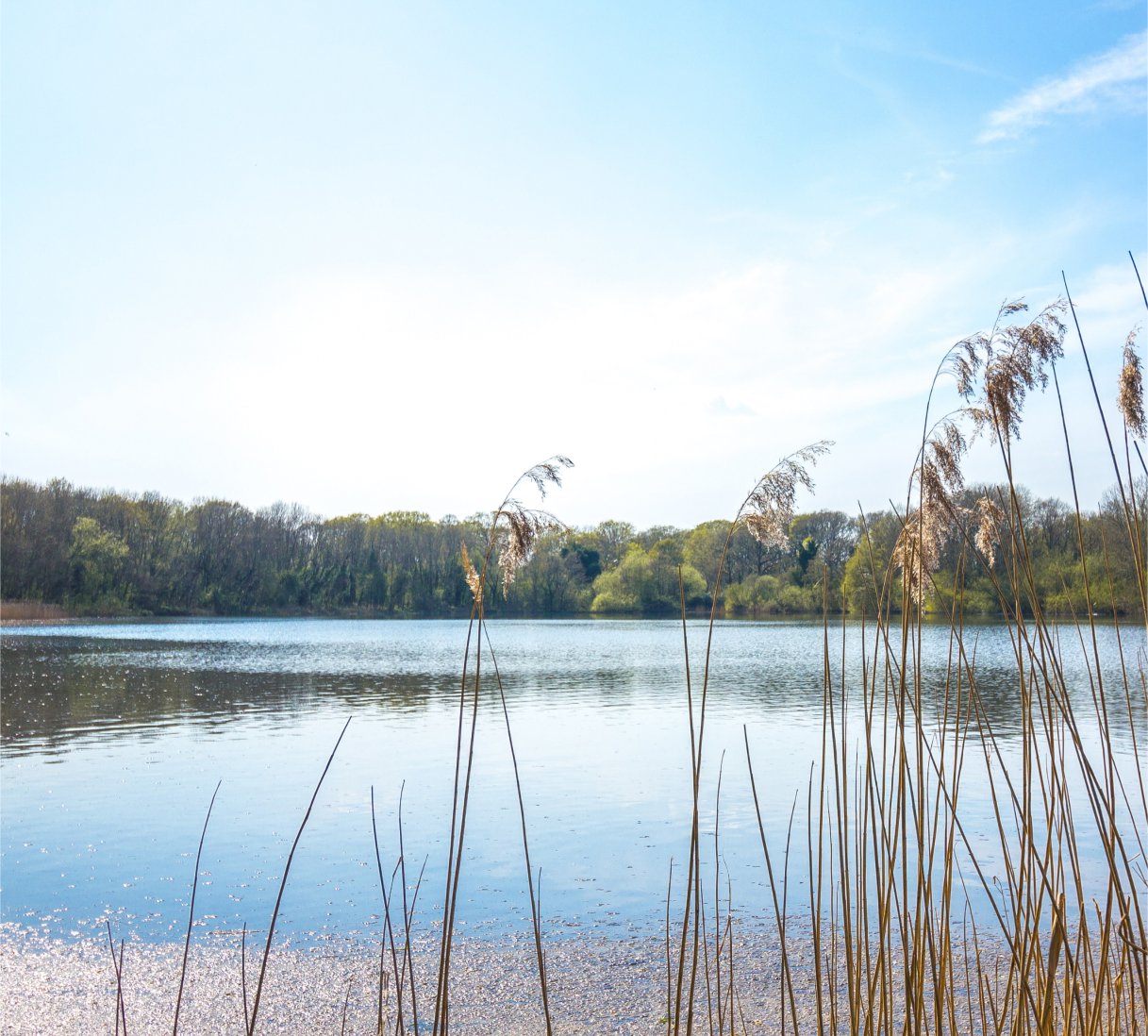
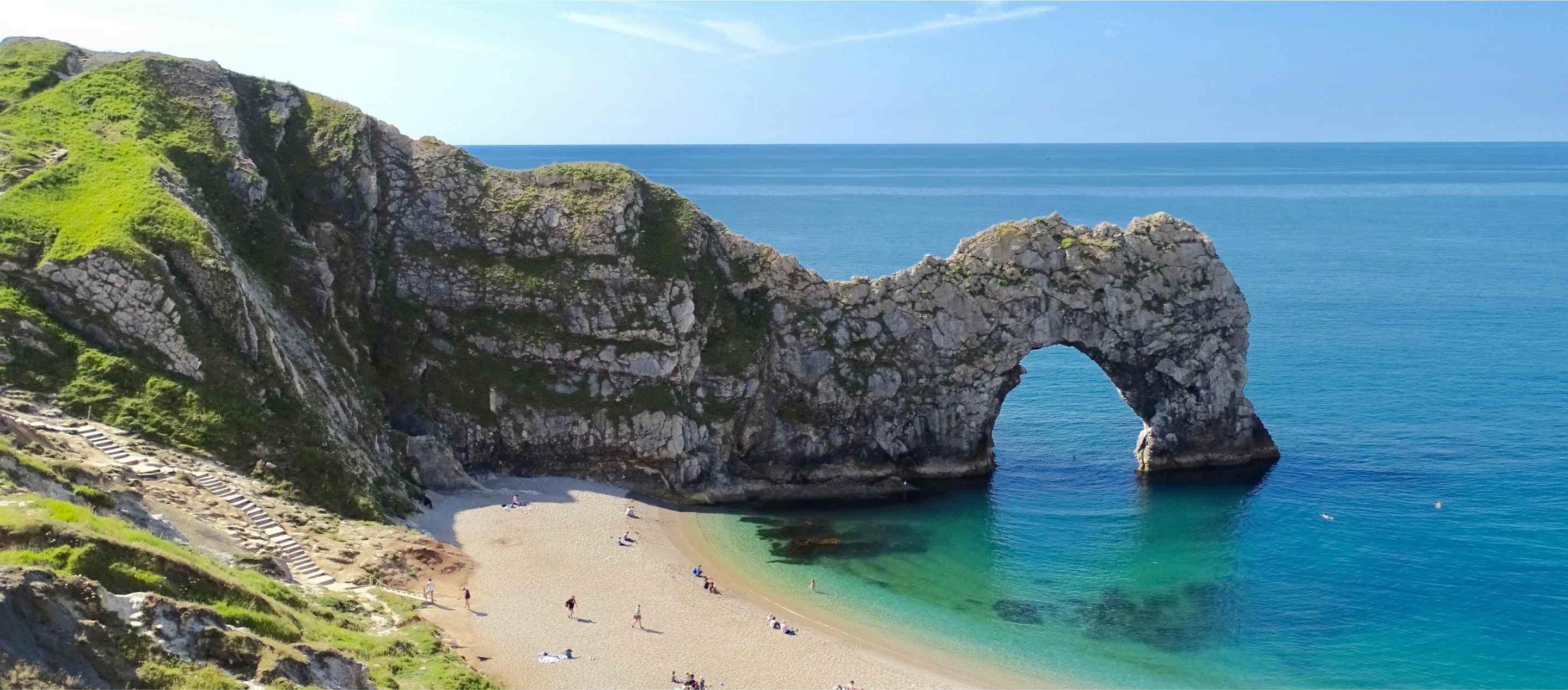
Durdle Door, Dorset
Unique feature: Jurassic coast
Difficulty level: Beginner
From the worst name on this list to the best, Durdle Door in Dorset rounds off our list of the 10 best spots to try wild water swimming this year. Arguably the most picturesque of the spots we’ve covered, this spot of immense natural beauty can be found just off the edge of the curve of Landmark Beach, on the Jurassic coast.
While you shouldn’t expect to see any dinosaurs on your visit, you will be greeted with an awe-inspiring natural doorway, carved out of limestone after years of erosion. The arch is not only a great spot for a photo, but also the perfect entry way into the sea itself.
It’s a relatively secluded spot, but do expect fellow cold water enthusiasts to be littered throughout the area. While once a relatively well kept secret, Durdle Door has grown significantly in popularity in the age of Instagram.
Useful links & Resources
Do you feel like you have a better understanding of cold water swimming? While we’ve discussed a lot here, there might still be more that beginners would want to discover about this exciting activity. Make sure to check out these secondary sources for further information, guidance, and support.

